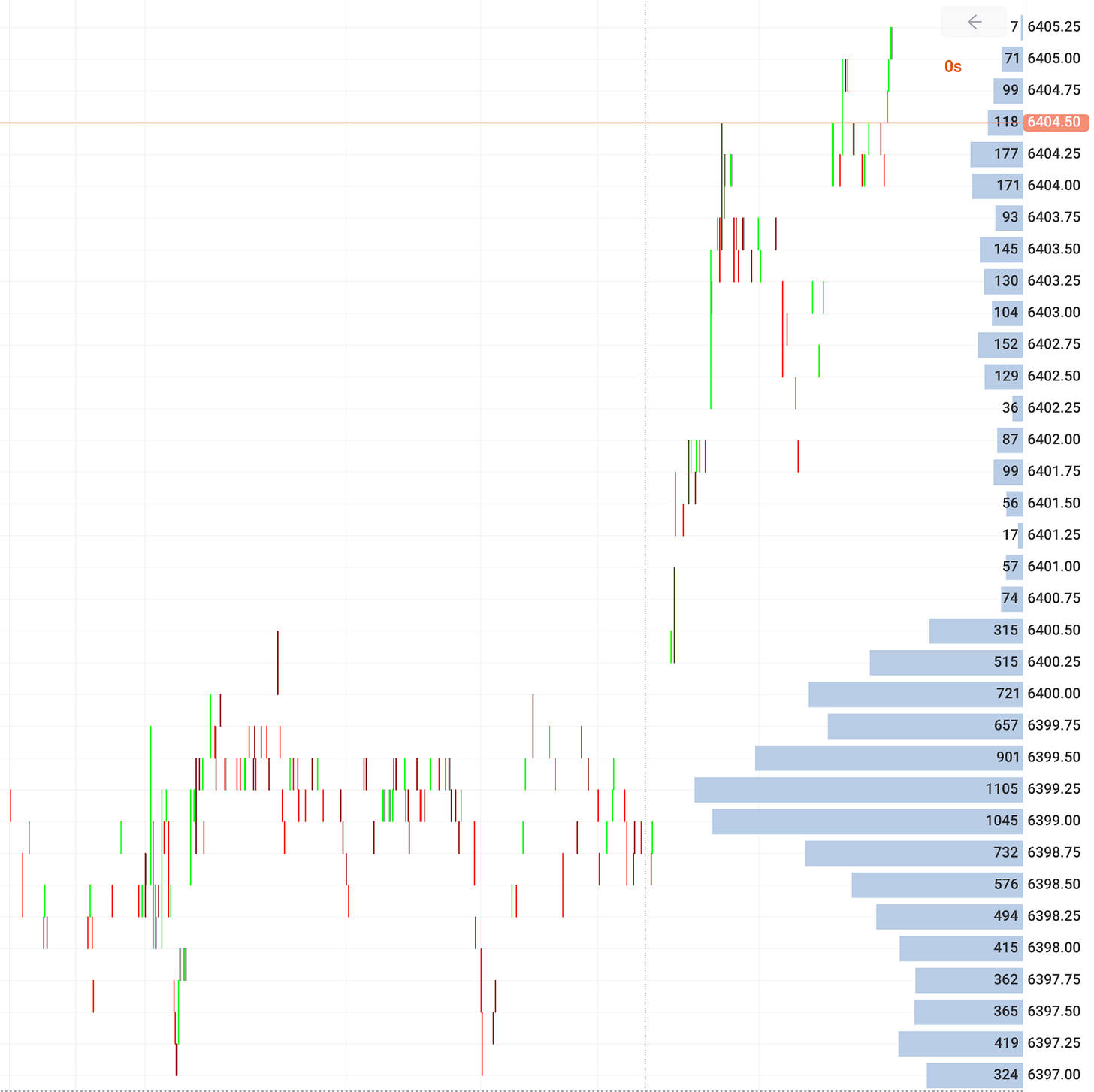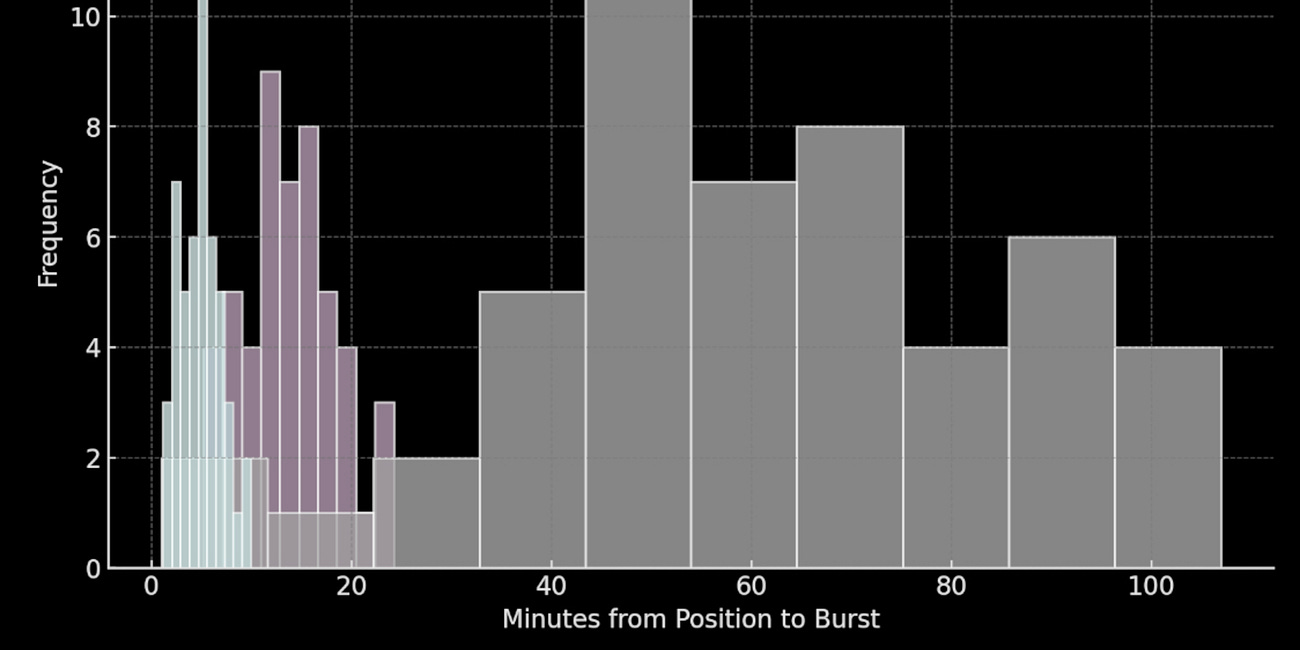Authorship Doesn’t Wait for Liquidity
At 8:04 PM ET, I sent out a note: Go long.
No over-analysis.
No qualifiers.
Just the call.
By now you could see it — a sharp, clean burst in the S&P.
Not “big” in terms of points, but unmistakable in terms of speed and precision. The market didn’t drift there. It moved.
What matters here isn’t the tariff headline that dropped.
It’s that the authorship effect shows up in any environment:
In the middle of the day with trillions in liquidity.
Or on a Monday night in August when most of the Street is dark.
Because authorship isn’t about waiting for the perfect market conditions.
It’s about setting the tempo so the market has no choice but to follow — whether the tape is heavy, thin, or somewhere in between.
This move is another proof:
Control isn’t situational.
Tempo is transferable.
And once it’s embedded, the market responds — no matter the hour.
The Global Market Clock — Controlling Time in Capital Markets
There is only one master clock for global equities: the S&P 500’s tempo. It sets the pace for multi-trillion-dollar valuation shifts, dictates when forward earnings are recognized, and anchors the behavior of every major equity index worldwide. This clock has been conditioned — over two years — to an authored tempo that compresses resolution from hours …




